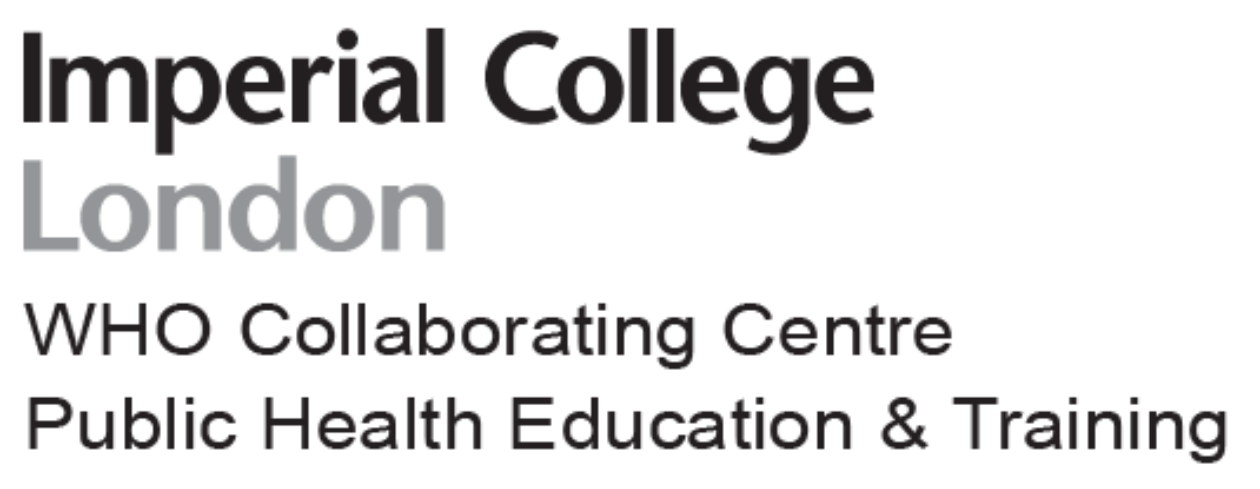Primary health care: closing the gap between public health and primary care through integration
Modern primary health care emerged when gross health inequalities became a global concern. Forty years ago, the Declaration of Alma-Ata endorsed primary health care as the means of attaining the World Health Organization’s goal of Health for All. With declining premature mortality, rising longevity, and an increase in healthy lifestyle, the fitness-for-purpose of current health systems can be questioned. The current disease-focused model is dated and proactive approaches to health through strong and effective primary care are needed. Such primary care should integrate most of the public health functions to address population health needs at the individual and community levels. The question is, how can we integrate public health into primary care and what are the possible models? There are various possible models of integration of public health into primary care. These could be applied alone or in combination, but all can potentially achieve health gains.
This paper reviews the various approaches reported in the literature that have been taken to integrate public health and primary care and summarizes both the strengths and weaknesses of each approach in order to advise policy-makers of the different approaches available. We have used the WHO definition for health, the Starfield definition for primary care and Acheson (1988) for public health (based on Winslow 1920).
The paper is available for download below:


